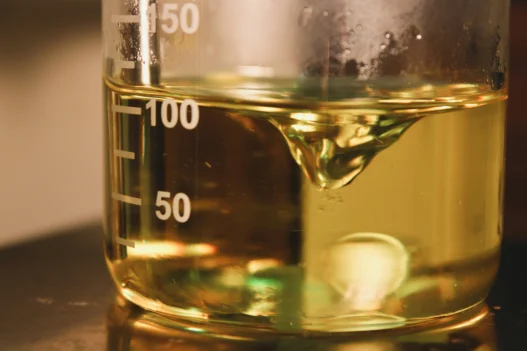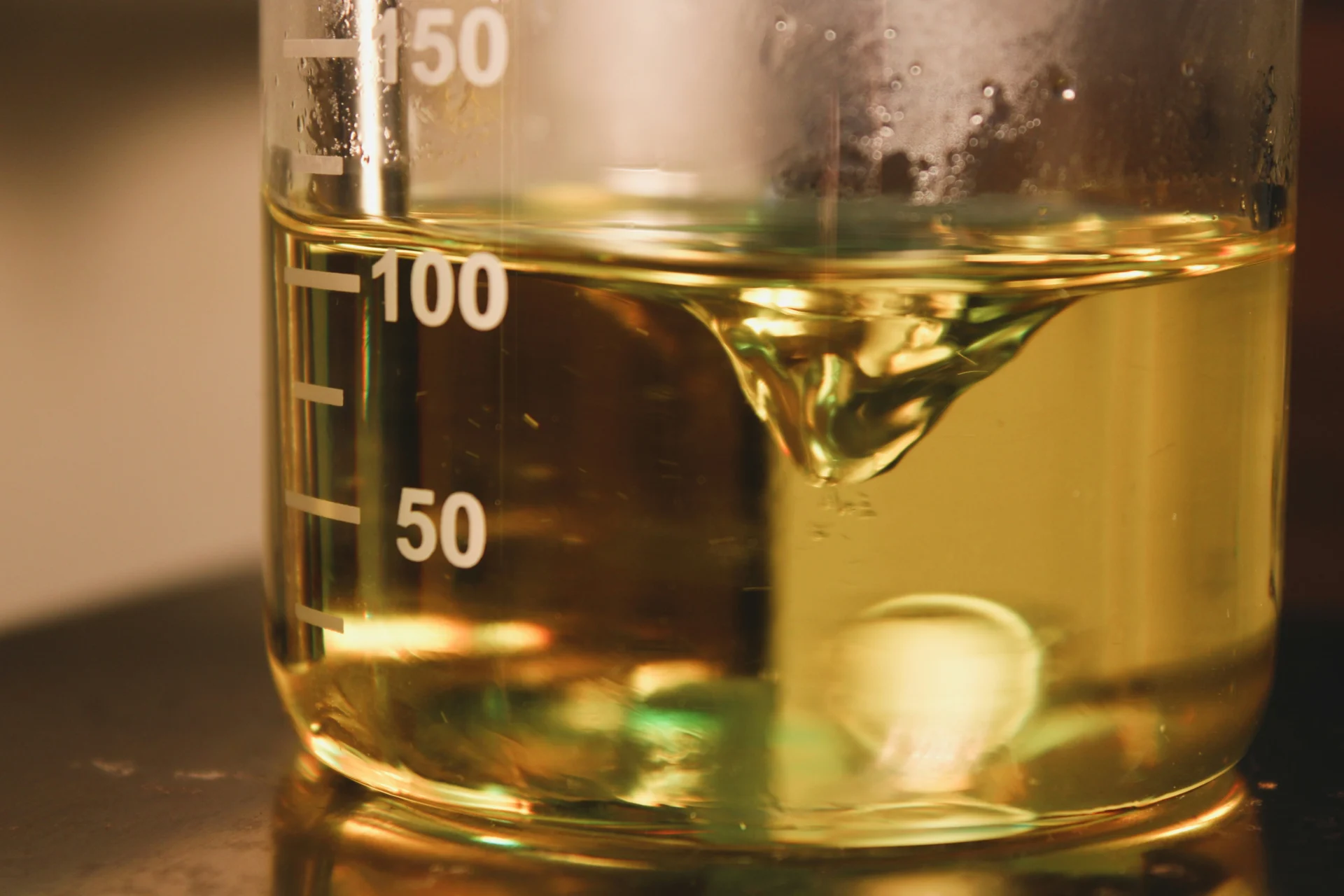Paromomycin I, a medication derived from the compound neomycin, is relevant to everyday life due to its effectiveness in treating intestinal infections caused by various parasites. By targeting and eliminating harmful organisms in the digestive system, Paromomycin I aids in alleviating symptoms such as diarrhea and stomach pain that can significantly impact individuals’ daily lives. Additionally, its role in combating these infections serves to improve overall health and well-being, highlighting its importance in medical treatment and management.
Table of Contents:
- 💡 Commercial Applications
- ⚗️ Chemical & Physical Properties
- 🏭 Production & Procurement
- ⚠️ Safety Considerations
- 🔬 Potential Research Directions
- 🧪 Related Compounds
💡 Commercial Applications
Paromomycin I, also known as Aminosidine, has several commercial and industrial applications. It is commonly used in the production of animal feed additives due to its antimicrobial properties. Paromomycin I is also utilized in the pharmaceutical industry for the synthesis of various medications.
In terms of drug and medication applications, Paromomycin I is primarily known for its effectiveness against various bacterial infections. It is commonly prescribed to treat parasitic infections such as amebiasis, giardiasis, and certain types of tapeworm infections. Paromomycin I is particularly useful in combating infections that are resistant to other antibiotics.
Interesting to note, Paromomycin I can also be used in the treatment of certain sexually transmitted diseases such as trichomoniasis. This medication works by disrupting the production of proteins in bacteria and parasites, ultimately leading to their death. Due to its mechanism of action, Paromomycin I is considered a valuable tool in combating infectious diseases worldwide.
⚗️ Chemical & Physical Properties
Paromomycin I is a white crystalline powder with no distinct odor detectable by human senses.
The molar mass of Paromomycin I is approximately 615.6 g/mol, and its density is around 1.2 g/cm³. In comparison, common food items like sugar (sucrose) have a molar mass of 342.3 g/mol and a density of 1.59 g/cm³.
The melting point of Paromomycin I is about 235-240°C, while its boiling point is approximately 695-710°C. These values are higher than those of common food items like butter (melting point around 32-35°C) and water (boiling point at 100°C).
Paromomycin I is soluble in water and has a moderate viscosity. In contrast, common food items such as salt (sodium chloride) are also soluble in water but have different viscosities. Paromomycin I exhibits unique properties compared to common food items in terms of solubility and viscosity.
🏭 Production & Procurement
Paromomycin I is produced through a multi-step process involving the fermentation of Streptomyces rimosus, a species of bacteria known for its antibiotic properties. After fermentation, the compound is isolated and purified to obtain Paromomycin I in its final form.
Paromomycin I can be procured through licensed pharmaceutical companies or research institutions that have the capabilities to produce and distribute antibiotics. It is typically available in both bulk quantities for commercial use and smaller quantities for research purposes.
Once procured, Paromomycin I can be transported via various methods such as air, sea, or land depending on the destination and urgency of delivery. Proper handling and storage conditions must be maintained to ensure the stability and efficacy of the compound during transportation.
⚠️ Safety Considerations
Safety considerations for Paromomycin I include the handling of the substance with caution due to its potential toxicity and irritant properties. Proper personal protective equipment, such as gloves and eye protection, should be worn when working with Paromomycin I to prevent skin and eye contact. It is important to work in a well-ventilated area to minimize the risk of inhalation exposure to the substance.
The hazard statements for Paromomycin I include warnings about its potential to cause skin and eye irritation, as well as respiratory irritation if inhaled. The substance may also be harmful if swallowed or if it comes into contact with mucous membranes. Additionally, Paromomycin I may be harmful to aquatic organisms if it enters water systems, so precautions should be taken to prevent environmental contamination.
Precautionary statements for Paromomycin I include recommendations to avoid direct contact with the substance and to wash hands thoroughly after handling. It is important to store Paromomycin I in a cool, dry place away from incompatible materials to prevent reactions or accidents. In case of skin or eye contact, it is advised to rinse the affected area with plenty of water and seek medical attention if necessary. Proper disposal methods should be followed to prevent environmental contamination.
🔬 Potential Research Directions
One potential research direction of Paromomycin I involves investigating its potential as a treatment for drug-resistant bacterial infections. This antibiotic has shown promise in tackling resistant strains of bacteria, making it a promising candidate for further research in this area. Understanding the mechanism of action of Paromomycin I against drug-resistant bacteria could provide valuable insights for developing new therapeutic strategies.
Another avenue for research on Paromomycin I is exploring its efficacy in combination with other antibiotics. Synergistic effects between Paromomycin I and other antibiotics have been reported in some studies, suggesting that combination therapy could enhance the efficacy of antibiotic treatment. Investigating the potential synergies of Paromomycin I with different classes of antibiotics could lead to the development of more effective treatment regimens for bacterial infections.
Furthermore, investigating the pharmacokinetics and pharmacodynamics of Paromomycin I could provide valuable information for optimizing dosing regimens and minimizing the risk of adverse effects. Understanding how Paromomycin I is absorbed, distributed, metabolized, and excreted in the body could help in designing more effective treatment strategies. Additionally, studying the drug’s interactions with other medications could provide insights into potential drug-drug interactions that could impact its clinical use.
🧪 Related Compounds
Paromomycin I belongs to a class of antibiotics known as aminoglycosides, which are characterized by a sugar moiety attached to an aminocyclitol ring. This structural motif is shared by other aminoglycoside antibiotics, such as neomycin, kanamycin, and streptomycin. Neomycin, like paromomycin, is effective against a variety of Gram-negative and Gram-positive bacteria. Kanamycin, while similar in structure to paromomycin, is more commonly used in the treatment of tuberculosis. Streptomycin, the first aminoglycoside antibiotic discovered, has broader antibacterial activity but is associated with a higher risk of toxicity.
In addition to the classic aminoglycosides, there are also semisynthetic derivatives that share structural similarities with paromomycin I. Gentamicin, for example, is a widely used aminoglycoside antibiotic that is derived from a combination of three naturally occurring aminoglycosides: gentamicin C1, C1a, and C2. Amikacin, another semisynthetic aminoglycoside, is effective against many strains of bacteria that have developed resistance to other aminoglycosides. Tobramycin, similar to gentamicin and amikacin, is primarily used in the treatment of Pseudomonas aeruginosa infections. These semisynthetic derivatives retain the core structural elements of aminoglycosides while incorporating modifications to improve their pharmacokinetic properties.








